Eating Right On The Road
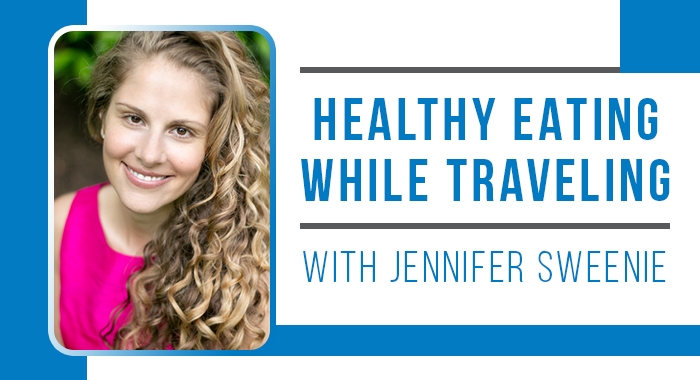
In an ideal world, we'd all have time to cook all our meals from scratch! But that's not the way the world works these days. Fortunately, thanks to emerging healthier, convenient foods and some general rules of thumb to keep in your back pocket while eating out, it's possible to stick to your healthy eating habits while traveling. In this webinar, we will cover how to build a healthy plate, what to look out for on restaurant menus, tips, and tricks you can ask of your server, the most nutritious convenient foods to grab, and how to read a nutrition label, plus more to keep you covered on the road!
Jennifer Sweenie is a certified Nutritional Therapy Practitioner and Health-Supportive Chef. She speaks on the importance of eating healthy on the road and everyday life. She owns Heart & Belly Functional Nutrition (www.heartandbelly.com) and works one-on-one with clients to help them meet their health and wellness goals through dietary and lifestyle modifications. She specializes in Paleo and Keto cooking and helps clients detox from sugar through her five-week RESTART group program. Jennifer developed and launched the vegetarian lunch program for Linkedln, and her recipes can be found on MindBodyGreen and The Today Show.
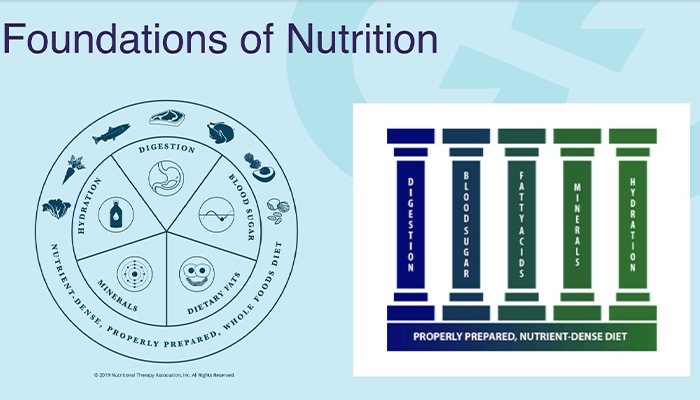
In this webinar overview, I will cover some topics discussed in Jennifer's webinar. Sweenie begins the webinar by speaking on the foundations of nutrition: Digestion, Blood Sugar, Dietary Fats, Vitamins & Minerals, and Hydration. She explains how important each foundation is and how we can hit each one daily by eating "real food." Sweenie describes "real food" as fruits, vegetables, meats, grains, etc., nothing that is processed. She also let us know the right amount of water to intake, the rule of thumb is half your body weight in ounces.
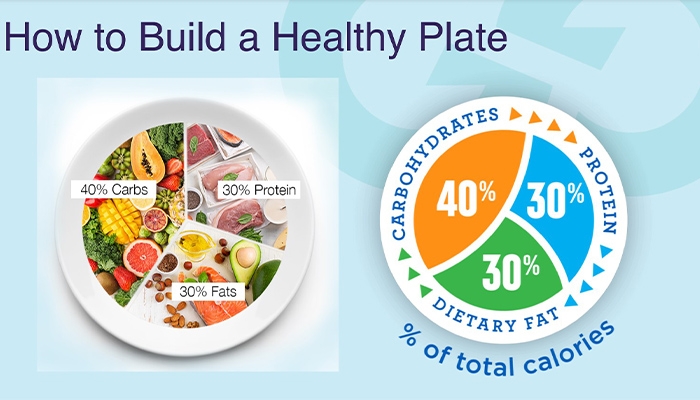
Sweenie moves on to "How to Build a Healthy Plate," starting with macronutrients which are your proteins, carbohydrates, and fats. We also need essential micronutrients, vitamins, and minerals. Our plate should consist of 30% protein, 30% fats, and 40% carbs. She gives many examples of macronutrient and micronutrient sources and how they turn into energy.
"It is tough to get us to look at the label, but it is extremely important." She explains how tough it is to keep up these habits on the road, yet it's not impossible. She gave tips on packaged food since many of us grab something fast and go. A simple way to know if a snack is healthy is the 5x5 rule, five grams of sugar or less per serving and five ingredients or less. She says, "It is tough to get us to look at the label, but this helps us see what companies label healthy and what indeed is in their products."
This leads us to our next topic, "Hidden Sugars." Companies use sugar in many products. Rather than using the word sugar, they will call it something else. These words include glucose, lactose, maltodextrin, stevia, dextrose, and many more. "These are all still sugar," said Sweenie. "Stay away from them if you can. They are not horrible, but they are still sugar.
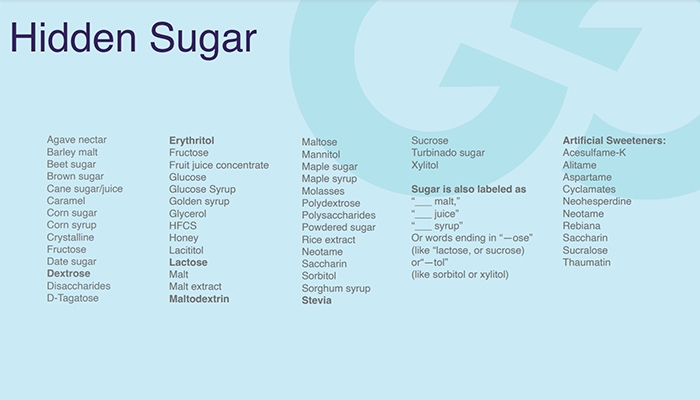
Sweenie moved on and showed how to read a nutrition label and what to look out for. It is very straightforward, she says. Look at the serving size; this is most important. Many don't look at the label or think one package is one serving when it's not. Look out for the ingredients as well. Remember the 5x5 rule and Google anything you're unsure of. She brings up added sugars, such as corn syrup, stevia, etc. You'll want to be as close to zero for added sugars.
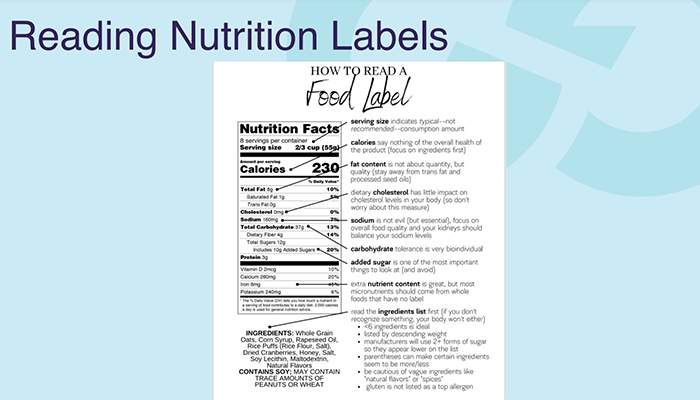
Sweenie transitions to fast food and restaurants. She explains that we are bound to eat it while on the road, which is completely fine. Franchises are required to list what ingredients are in their food and have nutrition facts. Even while dining at a restaurant, be sure to look at the menu. Most have nutrition facts on the back of them now. You can even ask your server what's in your dish. She gave a tip to look up the menu online ahead of time. That way, you know what to order ahead of time and are prepared.
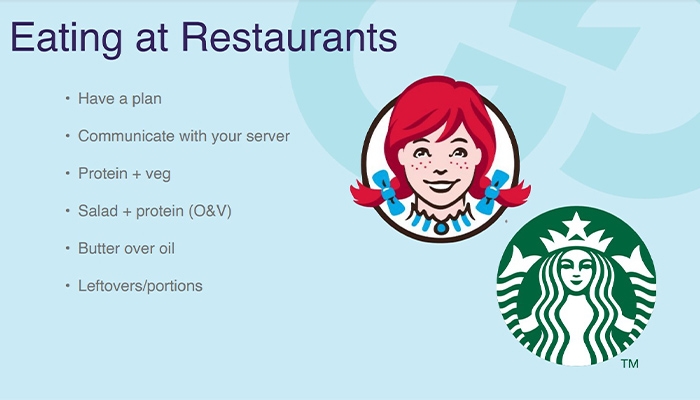
Lastly, she brings up convenience foods/planned meals. Sweenie expresses to prepare your meals/snacks before your trip, so you stay on track to eating healthy. She gives examples of foods, such as apple sauce, tuna, oatmeal, raw nuts, etc. She even mentions taking a cooler to pack carrots, fruit, and yogurt. Many snacks can be planned and packed ahead of time.
She ends the presentation by saying, "It's all about balance and not being so hard on yourself. Have a healthy and happy lifestyle, relax, and slow life down. Social connections, quality sleep, stress management, and sensible sun exposure are what we need to lead a healthy life. Strive for great and be okay with good. Not every day do you see savings like this!"
Check out the entire webinar here:
Healthy Eating Webinar
